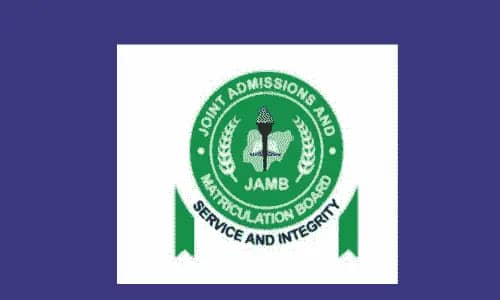
As the academic session for 2025/2026 approaches, students preparing for the Joint Admissions and Matriculation Board (JAMB) exams are eager to gather essential materials to enhance their study efforts. Among these vital resources is the JAMB syllabus, a detailed guide that highlights the topics and subtopics candidates need to cover for their chosen subjects. This article focuses on the JAMB Music syllabus, providing a comprehensive overview to help students achieve success in their preparation.
Introduction
The JAMB Music syllabus is a structured outline that guides candidates on what to study for the exam. It ensures students focus on relevant areas and manage their study time effectively. The syllabus is divided into five main sections:
- Music Theory and History
- Music Appreciation and Analysis
- Music Performance and Technique
- Music Education and Technology
- Comparative Music Studies
Each section evaluates a specific aspect of the candidate’s understanding and knowledge of Music, helping them approach the exam with confidence.
JAMB Music Syllabus (2025/2026)
SECTION A: Rudiments of Music
This section focuses on fundamental aspects of music theory, such as:
- The Staff: Understanding the structure and components of the musical staff.
- Notes and Rests: Learning note and rest values and their respective durations.
- Time Signatures: Identifying simple and compound time signatures.
- Key Signatures and Scales:
- Recognizing key signatures with up to two sharps or flats.
- Understanding enharmonic equivalents and keyboard settings.
- The use of accidentals.
- Intervals and Terms:
- Defining and identifying simple intervals.
- Familiarity with musical terms, abbreviations, and common signs.
- Transcription and Transposition:
- Transcribing between staff notation and tonic sol-fa.
- Transposing music within treble (G) and bass (F) clefs (up to two sharps or flats).
SECTION B: Elementary Harmony
This section delves into foundational harmony concepts:
- Triads and Inversions: Recognizing major and minor triads.
- Chord Progressions: Constructing basic chord progressions in four-part harmony.
- Cadences: Identifying common cadences in major keys.
- Non-Harmonic Tones: Understanding the role of non-chord tones.
- Modulation: Introducing basic modulation techniques.
- Elementary Composition: Developing simple musical pieces.
SECTION C: History and Literature of African Music
This part explores the rich traditions and heritage of African, particularly Nigerian, music:
- Nigerian Folk Songs: Examining types, forms, and unique characteristics.
- Traditional Nigerian Music:
- Features, forms, and cultural relevance.
- Traditional festivals, dances, and artistic expressions.
- Musical Instruments: Classifying and analyzing Nigerian traditional instruments.
- Musicians and Their Works:
- Studying notable Nigerian traditional musicians.
- Exploring the evolution of African popular music genres.
SECTION D: History and Literature of Western Music
This section covers the historical and stylistic development of Western music:
- Historical Periods: Reviewing styles from various musical eras.
- Composers and Forms:
- Learning about significant composers and their contributions.
- Understanding popular Western music forms and media.
SECTION E: Comparative Music Studies
This section highlights the influence of Black musicians in the diaspora:
- Prominent Musicians:
- Analyzing the works of artists like Bob Marley, James Brown, Michael Jackson, and Beyoncé.
- Music Genres: Exploring jazz, reggae, gospel, hip-hop, rap, Afrobeat, and others.
- Nationalism in Nigerian Music: Understanding how music reflects cultural identity.
How to Effectively Use the JAMB Music Syllabus
- Understand the Syllabus Structure: Carefully review all the sections to know what is expected.
- Seek Guidance: Consult music teachers or lecturers for clarity on challenging topics.
- Leverage Study Materials: Use recommended textbooks, study guides, and past questions to reinforce understanding.
JAMB Music Exam Format
The JAMB Music exam evaluates candidates through two parts:
- Objective Questions: Tests knowledge of music theory and history.
- Theory Questions: Assesses analytical and appreciation skills in music.
Download JAMB Music Syllabus (PDF)
To make your preparation easier, you can download the syllabus in PDF format using the provided link: DownloadJAMB Music Syllabus 2025/2026
Conclusion
Preparing for the JAMB Music examination requires the right tools and strategies. The syllabus serves as a precise roadmap, helping students focus on the key topics. Consistent practice, the use of study guides, and regular consultation with educators will boost preparation and confidence. Begin your journey today and aim for excellence in the JAMB Music exam!